Steam Sterilization: Importance of Steam Quality
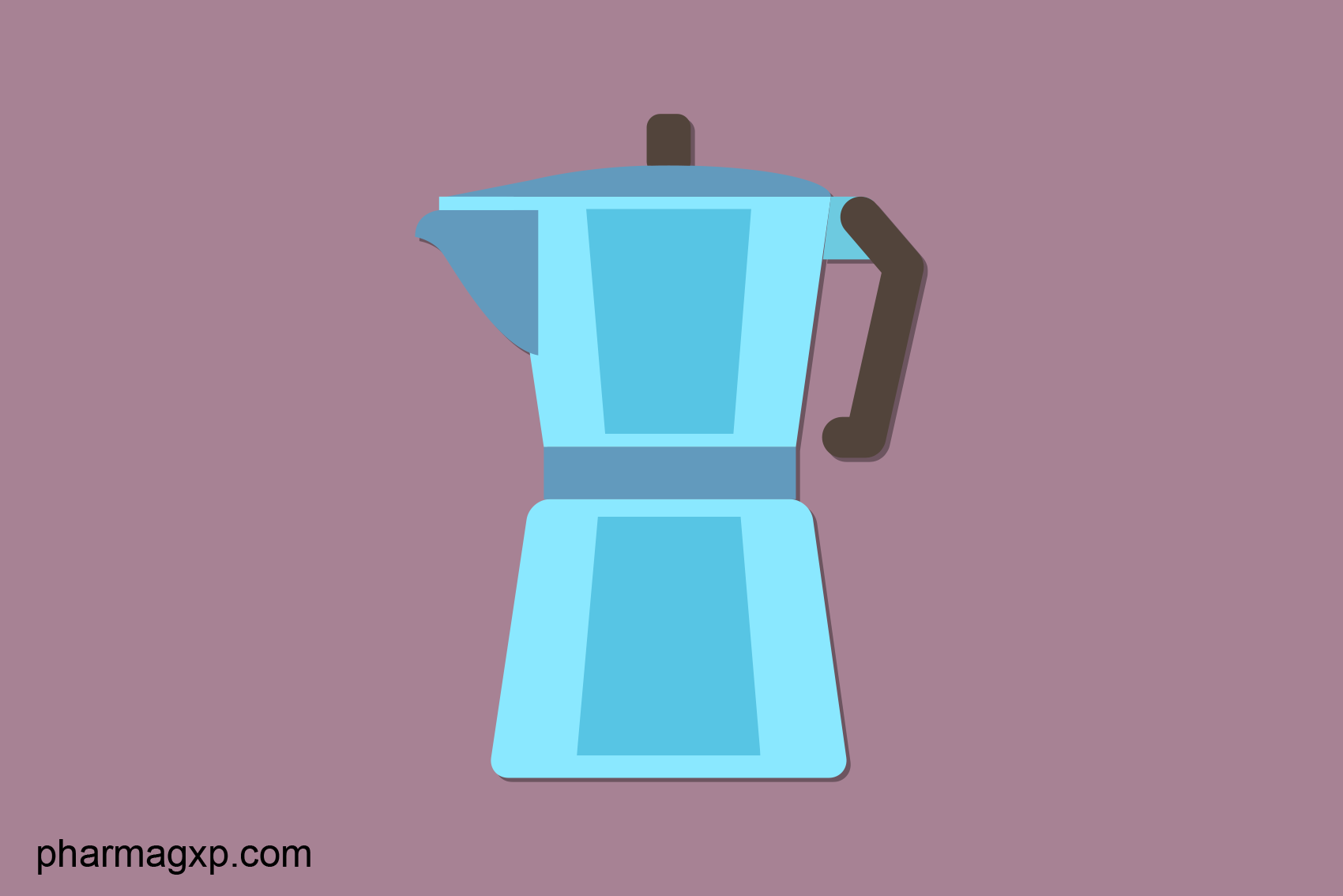
The success of steam sterilization for pharmaceutical equipment hinges on the purity and quality of the steam used. Overlooking this crucial factor can seriously compromise the sterilization process.
Beyond ensuring products are free from microbes, steam sterilization plays a vital role in maintaining contamination-free conditions for product containers.
Next, let’s explore the common types of steam used in life science industries.
| Steam Type | How it’s made? |
|---|---|
| Industrial Steam (Black Steam) | A conventional boiler when fed with soft water produces Black Steam |
| Process Steam | A SS boiler when fed with demineralized water, produces process steam |
| Pure or Clean Steam | A Pure Steam Generator (PSG) when fed with Water For Injection (WFI) produces pure steam. |
Let’s start with the regulatory aspects first.
Table of Content
A Regulatory View on Pure Steam
Regulatory bodies such as United States Pharmacopeia (USP), Japanese Pharmacopeia, European Pharmacopeia, etc., have established compendial requirements for WFI.
All aim to ensure proper steam quality for sterilization.
Importantly, USP 39 and ISPE Volume 4 equate “pure steam” with “clean steam,” emphasizing their identical quality standards. A monograph, essentially a detailed technical document, outlines these specifications.
What Does Compendium and Compendial Mean?
Compendium means collection of concise but detailed information about a particular subject. Whereas, Compendial is related to the “compendium” that serves as a standard.
Condensed pure steam shall meet the same WFI requirements as per the USP. But, pure steam excludes the bio-burden requirements due to the below fact.
Finally, because Pure Steam is lethal to microbes, monitoring of microbial control within a steam system is unnecessary, as is a microbial analysis of the steam condensate.
USP-39, 1231
USP defines pure steam as:
Pure Steam is water that has been heated above 100°C and vaporized in a manner that prevents source water entrainment. It is prepared from water complying with the EPA National Primary Drinking Water Regulations, or with drinking water regulations of the European Union or of Japan, or with WHO drinking water guidelines. It contains no added substance. The level of steam saturation or dryness and the amount of non-condensable gases are to be determined by the Pure Steam application.
USP Monograph
Steam Quality for Sterilization
Achieving effective sterilization hinges on the precise steam quality delivered. This is the critical factor in eliminating microorganisms.
To prevent sub-optimal steam conditions, meticulous design considerations are essential for steam sterilization processes. Moisture is one of them.
Moisture content is a primary determinant of steam quality. Based on this, steam is categorized as follows:
- Moist Steam: Moisture content exceeds that of saturated steam.
- Saturated Steam: The ideal state for sterilization.
- Superheated Steam: Negligible moisture content.
Poor conditions for sterilization are (1) and (3). Before understanding them, let us see the ideal one, Saturated Steam, and also the reasons to consider it as the right fit.
Saturated Steam and Its Importance
Let’s see the boiling process in short.
Consider an enclosed bowl of water filled up to half of its volume under heating.
Vapor formation starts as the temperature increases and the boiling occurs at 100°C.
Three phenomena occur at the same time during vaporization.
- High-temperature molecules get less dense and start to travel towards the water surface (top).
- The water surface applies pressure to the vacant space above it.
- Vapors in vacant spaces apply pressure on the surface of the water (vapor pressure).
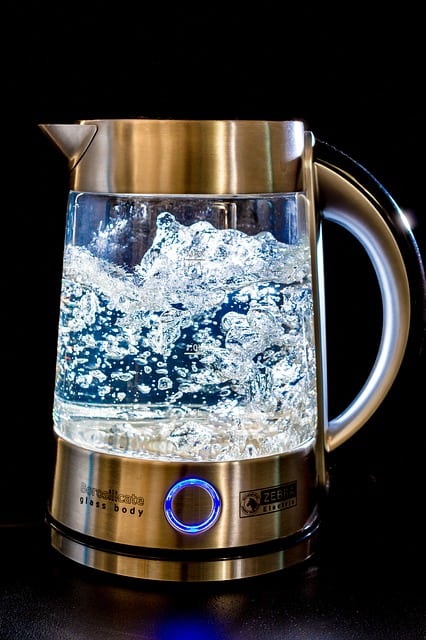
Saturated Condition
This process continues to escalate and water starts to evaporate rapidly, resulting in more vapor pressure.
The time comes when pressure applied by vapors generated at the water surface comes in equilibrium with the pressure applied by the vapors in the space above it. This is a saturated condition.
Simply put, saturated steam can’t accommodate more steam into it at a constant temperature.
Right Moisture Is The Key
The molecules present in the vapor phase collide with each other. This causes the temperature to drop. Temperature drop results in moisture formation (condensation) in the vapor phase.
This moisture in the steam (vapor) is the key factor responsible for the effective killing of the micro-organisms (saturated steam has moisture < 5% by mass). This becomes very helpful in increasing the rate of killing micro-organisms rather than dry steam.
In saturated steam, heat is transferred more quickly to microorganisms than in dry steam. The reason being, both (steam and microbe) contain moisture, resulting in effective heat transfer between the same phase (moisture to moisture). Microbes with dry nature take longer to get killed.
Irrespective of the extent of moisture present in the micro-organisms, saturated steam effectively transfers the heat and kills the micro-organisms.
Why Not Wet Steam?
Unlike saturated steam, wet steam contains more than 5% moisture. While the moisture content in saturated steam aids in effective penetration, wet steam hinders this process.
This prevents the proper penetration required for sterilization as excess moisture acts as a barrier and results in longer penetration times.
Higher moisture also causes corrosion due to the oxidation of metals when exposed to steam.
Excessive moisture within the steam distribution system leads to condensate buildup, which impedes smooth steam flow and consequently reduces pressure.
So, the consequences of using wet steam in sterilization are:
- Reduced heat penetration.
- Pressure drop across the pipeline due to resistance created by an excessive amount of condensate.
- Corrosion due to oxidation.
- Failure of sterilization cycle due to increased temperature drop.
What causes wet steam to produce?
Well, when the steam comes from Pure Steam Generator, there are a number of reasons for the wet steam formation inside the piping.
Wet steam may be a result of incorrect calculations of the following:
- Pipe sizing
- Pipe routing (frequent 90-degree bends)
- Thickness of insulation
- Location and type of steam trap
- Sufficient low point drains
- Sample point locations
- Amount of non-condensable gases
Why not Superheated Steam?
Saturated steam when heated further converts to superheated steam causing the following conditions:
- Elevated temperature more than actual requirement
- It lacks the necessary moisture for effective microbial kill
- Improper heat dissipation
A pressure drop across a pressure regulating valve can produce superheated steam as well. As the pressure in the steam distribution pipeline drops, more superheated steam forms.
Ideally, the steam pressure requirement is 1.5 to 2.5 bar(g). Here’s how ISPE describes the steam sterilization principles.
Sizing Condensate Return Lines
A constant steam velocity of 30 to 35 m/s is recommended at a reasonable pressure drop for a Schedule 40 size pipe. Factors such as corrosion, erosion, fouling, etc., should be considered in the line sizing calculations.
There is a chart for this: Flow Rate for Dry Closed Returns. You can use that to select the diameter based on the pressure drop.
The general design considers higher velocity in the header than the branch pipes. These velocity requirements vary according to the system pressure.
Conclusion
Saturated steam is the cornerstone of successful SIP cycles. Unlike wet and superheated steam, which compromise sterilization efficacy due to their respective moisture properties, saturated steam offers optimal conditions.
Excessive moisture in saturated steam can prolong sterilization hold times by creating a moisture-laden load. Conversely, superheated steam, formed by steam expansion in the absence of moisture, is equally ineffective.
To achieve optimal results, a dryness fraction of 0.95, representing 95% dry saturated steam and 5% moisture, is essential. Additionally, pure steam must adhere to the latest WFI monograph of the relevant pharmacopeia.
FAQs
How long does it take for steam to sterilize?
20 minutes at least. Steam is considered saturated within a temperature range of 121 to 130°C. According to the principle of the F0 value, when saturated steam exposure is maintained at 121.1°C for 20 to 30 minutes of time, the sterilization requirement is satisfied. Similarly, if we maintain the saturated steam at 130°C for 3 to 4 minutes, then also satisfy the sterilization requirement (provided that the steam must be SATURATED which is difficult to justify scientifically).
Is Autoclave the same as steam sterilization?
Yes, and No.
Life-science industries practice steam sterilization with the help of equipment known as an Autoclave. Steam sterilization can be performed through autoclave to sterilize mobile components contacting product. AND it can also be performed in situ.
‘Yes’: The expected outcome from both the concepts is the same, i.e. sterilization.
‘No’: From a functional perspective, they are poles apart. Steam sterilization is used by integrated systems such as process equipment and sub-components. While Autoclave is used for mobile components such as flex hoses, plastic containers, clamps, etc. In short, for Sterilization-In-Place (SIP): Steam Sterilization and for Sterilization-Out-of-Place (SOP): Autoclave.
What are the 3 parameters of steam sterilization?
Steam quality for sterilization according to EN 285:2015 – Steam Dryness, Amount of non-condensable gases and Superheated Steam.

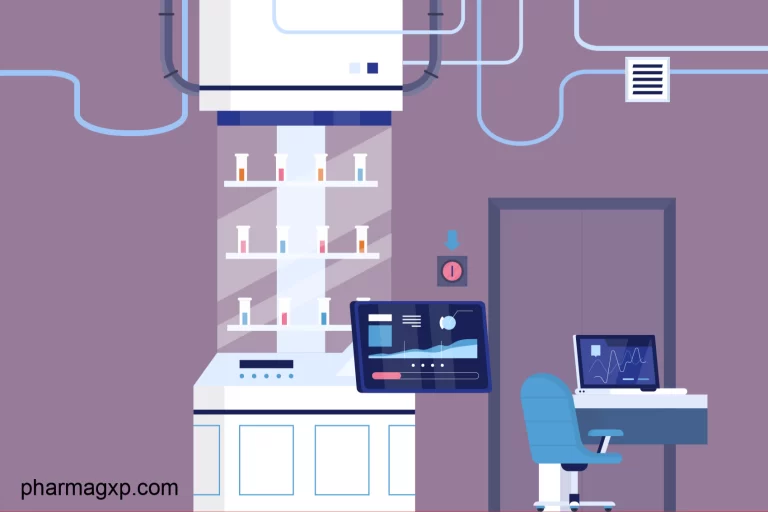
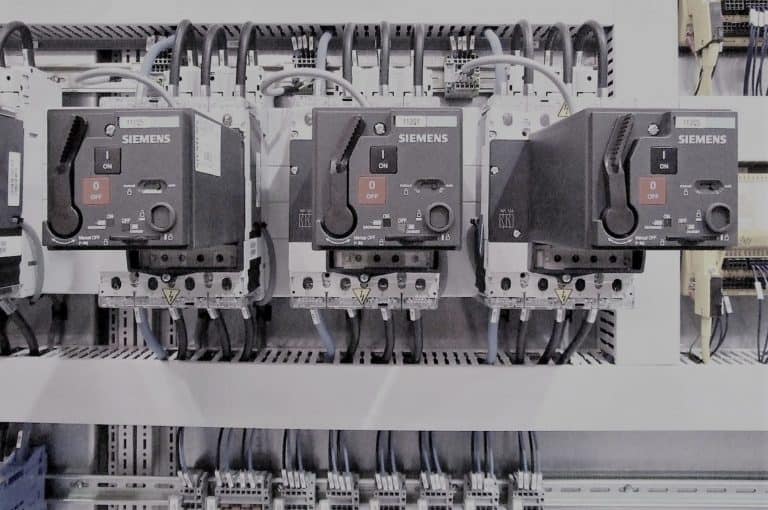
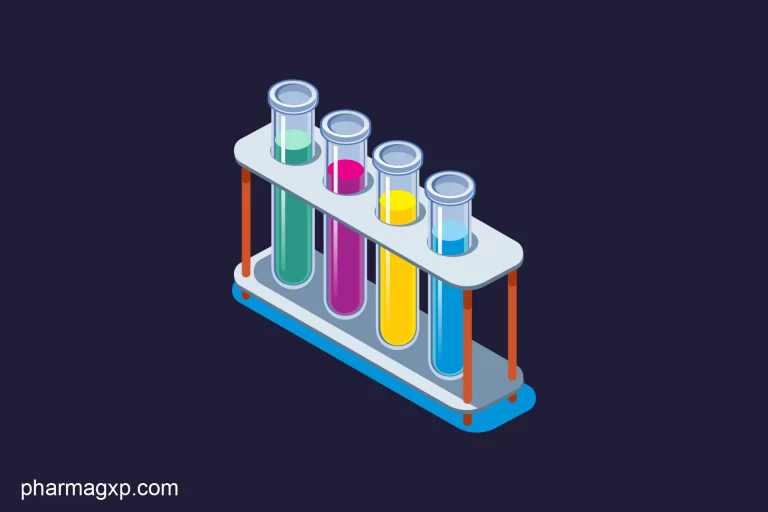
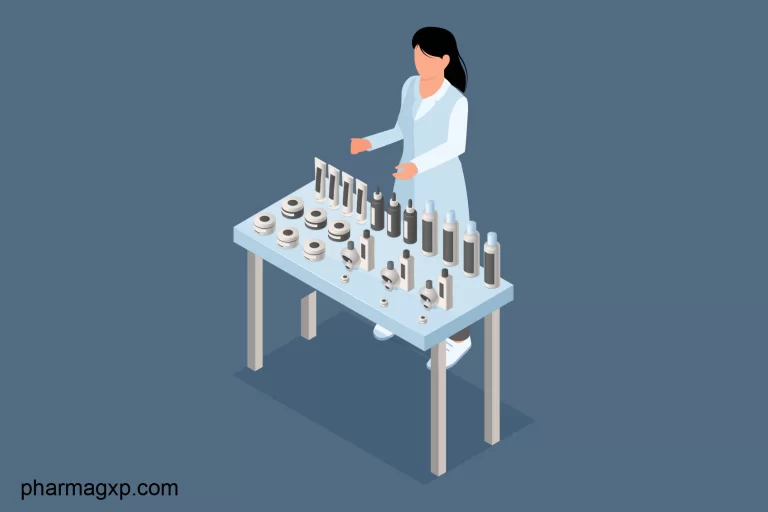

Hello,
my name is Nina. Thank you for excellent article. I am working in microbiology lab. We use autoclaves for sterilization of nutrient media and aome plastic (tips for autometed pippets). Autoclaves have been qualified every year (vacuum test, temperature mapping, BI checikg). We had audit two years ago and auditor asked for quality of pure steam. What is your opinion about this? Is this mandatory requirements for laboratoy autoclave? Autoclaves are old about 17 years and we didnt ask in specification quality of pure steam. How can we explain in risk assesment that this tests are not mandatory for this kind of equipment.
Glad to know that Nina! Regarding your question. Why do you Autoclave the components? To assure the sterility, right? If your steam itself isn’t pure, how you are going to prove that? That’s why the auditor might have asked about that. Mandatory is nothing unless you can justify other way round. But you need to establish the steam quality parameters. Anyhow. Don’t even think about explaining via risk assessment that the steam quality doesn’t matter. It matters with the very reason of you doing the autoclave. Hope this clarifies.